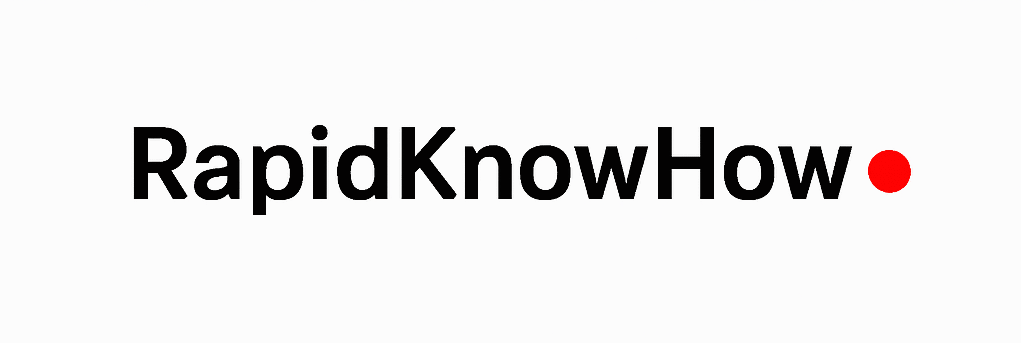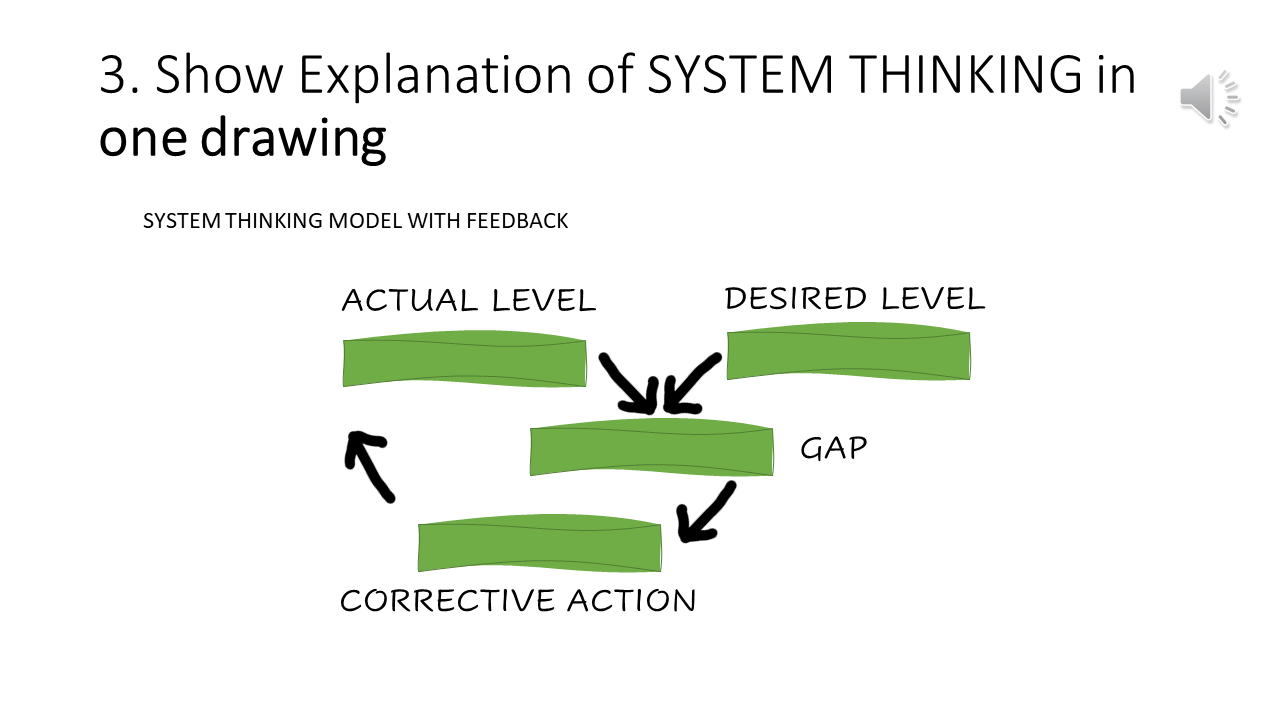TOTAL REVERSE SYSTEM (TRS)
From Shareholder Value → to the Thriving-as-a-Service Age
Reversing the Logic of Profit into the Logic of Purposeful Prosperity
1. The Turning Point
For decades, global business operated under a single doctrine — Shareholder Value.
Capital concentrated power, corporations maximized short-term returns, and society became the collateral damage of efficiency.
Now, between 2025 and 2030, this doctrine is collapsing under its own weight.
The Total Reverse System (TRS) signals a new era — the Thriving-as-a-Service (ThaS) Age — where value is not extracted but generated collectively, and systems serve people, not the other way around.
Old rule: Profit drives purpose.
New rule: Purpose drives perpetual prosperity.
2. Why the Reversal Was Inevitable
Three global fractures made the Shareholder Value model obsolete:
- Planetary Overload: Linear production and profit models consumed ecosystems faster than they could recover.
- Technological Acceleration: AI, automation, and data made it possible to decentralize power and ownership.
- Social Exhaustion: Citizens demanded fairness, transparency, and meaningful participation.
In this new logic, autonomy, automation, and alignment become the primary assets — not capital, land, or labor.
3. TRS Logic Applied
TRS reverses the dependency triangle:
| Old Paradigm | New TRS Paradigm |
|---|---|
| Capital controls Labor | Humans design and license Systems |
| Firms own Assets | Ecosystems share automated Platforms |
| Profit maximization | Value Co-Creation |
| Competition | Collaboration & Licensing |
| Extraction | Regeneration |
This shift replaces the financial monopoly with an intelligence ecosystem, in which every participant — individual, enterprise, or region — contributes value through AI-powered service systems.
4. Enter: The Thriving-as-a-Service (ThaS) Model
ThaS operationalizes TRS.
It transforms ownership into access, transaction into collaboration, and growth into sustainability.
ThaS Formula:
Thriving = (Purpose × Automation × Ecosystem Integration) ÷ Time
Core Components:
- Purpose: Every system serves human and planetary wellbeing.
- Automation: AI delivers continuous service, freeing human creativity.
- Ecosystem Integration: Licensing and partnerships compound shared results.
In this model, wealth is not accumulated — it flows through intelligent systems that continuously renew value.
5. From Shareholder to Stakeholder → to Systemholder
TRS reframes the role of the economic actor:
- Shareholder: Owns equity, expects dividends.
- Stakeholder: Participates, expects balance.
- Systemholder: Co-creates, expects continuous thriving.
Systemholders build and license self-learning systems — AI-driven, transparent, regenerative — that sustain cash-flow while solving real problems.
6. The Economic Transformation Cycle
The TRS–ThaS Age unfolds in four reversible stages:
- Deconstruction: Existing monopolies lose efficiency and legitimacy.
- Reversal: Value creation decentralizes to small, autonomous systems.
- Integration: Automated platforms connect independent contributors.
- Thriving: Ecosystems reach equilibrium between innovation, income, and impact.
7. Metrics of the ThaS Economy
Traditional KPI: Earnings per Share (EPS)
New TRS KPI: ROICE — Return on Innovation, Convenience & Efficiency
| Dimension | Measurement Focus | Outcome |
|---|---|---|
| Innovation | Speed of transforming ideas into systems | Creative Leadership |
| Convenience | Ease of access and automation | Inclusive Participation |
| Efficiency | Resource and time optimization | Sustainable Growth |
These metrics capture value-in-motion, not just value-at-rest.
8. The Winners in the TRS Age
| Winners | Why |
|---|---|
| AI-Empowered Entrepreneurs | Build automated service ecosystems and license globally. |
| Purpose-Driven Corporations | Shift from ownership to orchestration roles. |
| Adaptive Nations | Rebuild economies around distributed innovation networks. |
| Educators & Creators | Package knowledge as perpetual digital assets. |
Laggards:
Firms clinging to extraction, opacity, and control. Governments regulating instead of innovating. Individuals waiting for permission instead of building systems.
9. Case Illustration: RapidKnowHow + ChatGPT
The RapidKnowHow Ecosystem embodies the ThaS Age:
- Every PowerBook, PowerPost, and PowerLicense is a micro-system that generates revenue automatically.
- Each system is licensed, tracked, and optimized via AI dashboards (TAS).
- Together, they form an autonomous, compounding Thriving Ecosystem (TRS) — a living demonstration of the new economy.
10. The Future 2030: The Thriving Civilization
In 2030, the most powerful economies will be System Economies, not Capital Economies.
They will:
- Measure prosperity through ecosystem health.
- Reward contribution over control.
- Use AI to align personal ambition with collective good.
The Thriving-as-a-Service Age is not about replacing capitalism —
it’s about upgrading it to intelligence and empathy.
11. Leadership Mandate
- Reverse your dependencies.
- Automate your value creation.
- License your know-how.
- Thrive through shared intelligence.
TRS Manifesto:
Profit is no longer the destination — it is the by-product of purpose.
Systems, not slogans, build sustainability.
Freedom through automation. Legacy through licensing.
RapidKnowHow + ChatGPT | The Thriving-as-a-Service Age 2025–2030
Lead Your Life. Reverse Your System. Thrive Intelligently.





